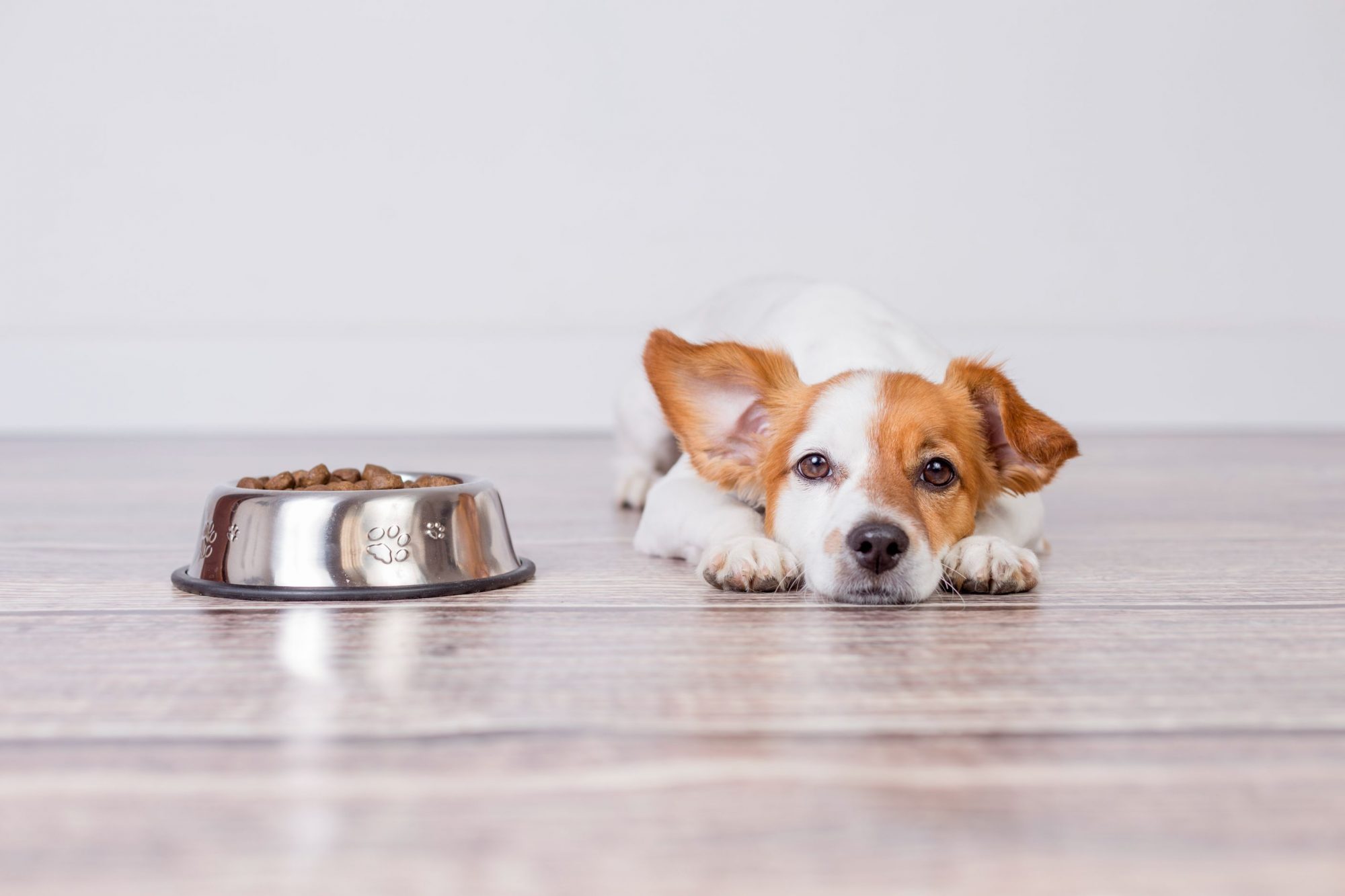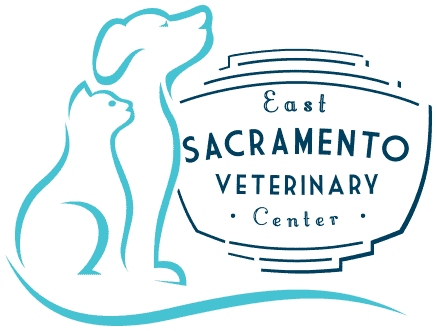Chowhound 101: What to Do When Your Dog Eats Too Fast

While dogs can certainly be picky eaters, many have less discriminating palates. In fact, plenty of our puppy patients at East Sacramento Veterinary Center have a habit of just gulping down whatever is in front of them without a second thought. When pets eat too quickly, though, problems can ensue. So what do you do when your dog eats too fast? Here’s our best tips to slow them down.
The Problem with Food Gobblers
Some dogs definitely are more passionate about eating than others, so why not just let them eat? While it is fine for your pup to enjoy their meals, eating too quickly is not always without consequence.
A dog that eats too fast is at higher risk for problems such as:
- Digestive upset (vomiting)
- Swallowing air, which can lead to abdominal discomfort
- Choking
- Potential for bloat (gastric dilatation-volvulus)
- Over-eating
- Eating non-food items
While it is possible your dog just likes to eat, encouraging him to take his time can help to ward off issues associated with eating too quickly. In some instances, changing the way that he eats can also help with his environmental enrichment and decrease boredom.
Tips for When Your Dog Eats Too Fast
If you have a dog that eats too fast, take a moment to assess the situation. Making some minor adjustments can make a huge difference in your pet’s dining habits.
- Remove competition—Some pets may view other animals in the home as potential threats to their meal, causing them to gobble it down as fast as they can. Try feeding your pets separately or even in separate rooms to help this problem.
- Create security—Animals, especially those who may have gone hungry in the past, may worry that they need to eat everything they can when they can. Be sure that you keep a regular feeding schedule for these pets. Feeding smaller amounts on a frequent, predictable schedule may also be helpful.
- Ensure good nutrition—A pet who is lacking in the proper nutrients will often have an increased appetite. Be sure that you are feeding a quality, well balanced diet in the appropriate quantity.
- Consider changing it up—The way you feed your pet can make a big difference. Look for slow feeder bowls to help make it a little more difficult to gobble down dinner. You can also create your own by putting a smaller bowl inside of a larger bowl or using muffin tins to feed your pet. There is also nothing wrong with feeding your dog her meal out of a treat puzzle or ball. Some even choose to hand-feed their pets or feed their meal allotment during a training session.
A sudden change in your pet’s eating habits is also worth noticing. Certain medical conditions such as diabetes mellitus, Cushings syndrome, intestinal malabsorption problems, or intestinal parasites can lead to an increase in appetite. Make an appointment for your pet if you notice a change from their normal behavior.
Chowhounds may not be uncommon, but it is important to recognize them and make some adjustments to keep them healthy. A dog’s gotta eat, but they don’t have to eat so fast!
